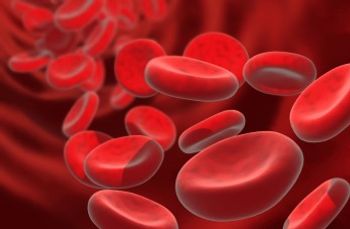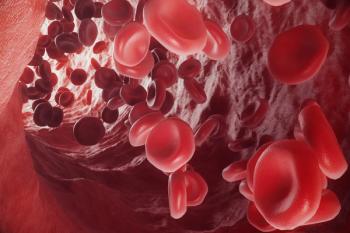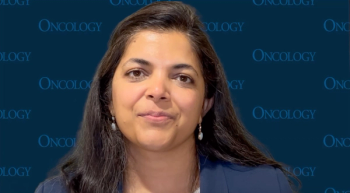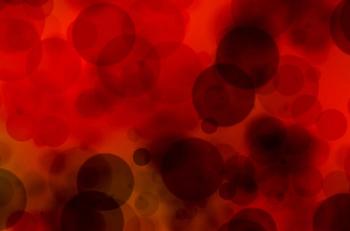
Cretostimogene Grenadenorepvec May be ‘Attractive’ Option for NMIBC
Cretostimogene grenadenorepvec’s efficacy compares favorably with the current nonsurgical standards of care in high-risk, Bacillus Calmette Guerin–unresponsive non-muscle invasive bladder cancer.
Treatment with cretostimogene grenadenorepvec yielded a high complete response (CR) rate in a population of patients diagnosed with high-risk, Bacillus Calmette Guerin (BCG)–unresponsive non-muscle invasive bladder cancer (NMIBC), according to Mark D. Tyson, II, MD, MPH.
In a conversation with CancerNetwork® during the
Cretostimogene grenadenorepvec was assessed as part of the phase 3 BOND-003 trial (NCT04452591) in patients with high-risk, BCG-unresponsive NMIBC, the interim results of which were read out at the meeting. In a population of 116 patients, investigators reported a CR rate of 75.7% (95% CI, 63.0%-85.0%). Of these responses, 74.4% lasted for a minimum of 6 months. Additionally, the 3-month and 6-month CR rates, respectively, were 68.2% and 63.6%.
Transcript:
This is an interim analysis that compares favorably to the 2 current nonsurgical co-standards, nadofaragene and pembrolizumab. In terms of the complete response rate, the 76% CR rate at any time point compares favorably to the 51% observed with nadofaragene, [as well as] the 41% observed with pembrolizumab. And then the 6-month CR rate of 64% compares favorably with the 41% observed for nadofaragene and the 36% observed for pembrolizumab.
Now, these are interim results; it's really hard to compare across studies. I'm not necessarily saying that cretostimogene monotherapy is better, but I am saying that it does appear to compare favorably, and I do think it will be a really attractive option for many patients looking to preserve their bladder.
Reference
Tyson M, Uchio E, Jong-Kil N, et al. First results from BOND-003, a phase 3 study of intravesical cretostimogene grenadenorepvec monotherapy for patients with high-risk BCG- unresponsive non-muscle invasive bladder cancer. Presented at: 2023 Society of Urologic Oncology Annual Meeting; November 28-December 1, 2023; Washington, DC; LBA3396.
Newsletter
Stay up to date on recent advances in the multidisciplinary approach to cancer.

















































































